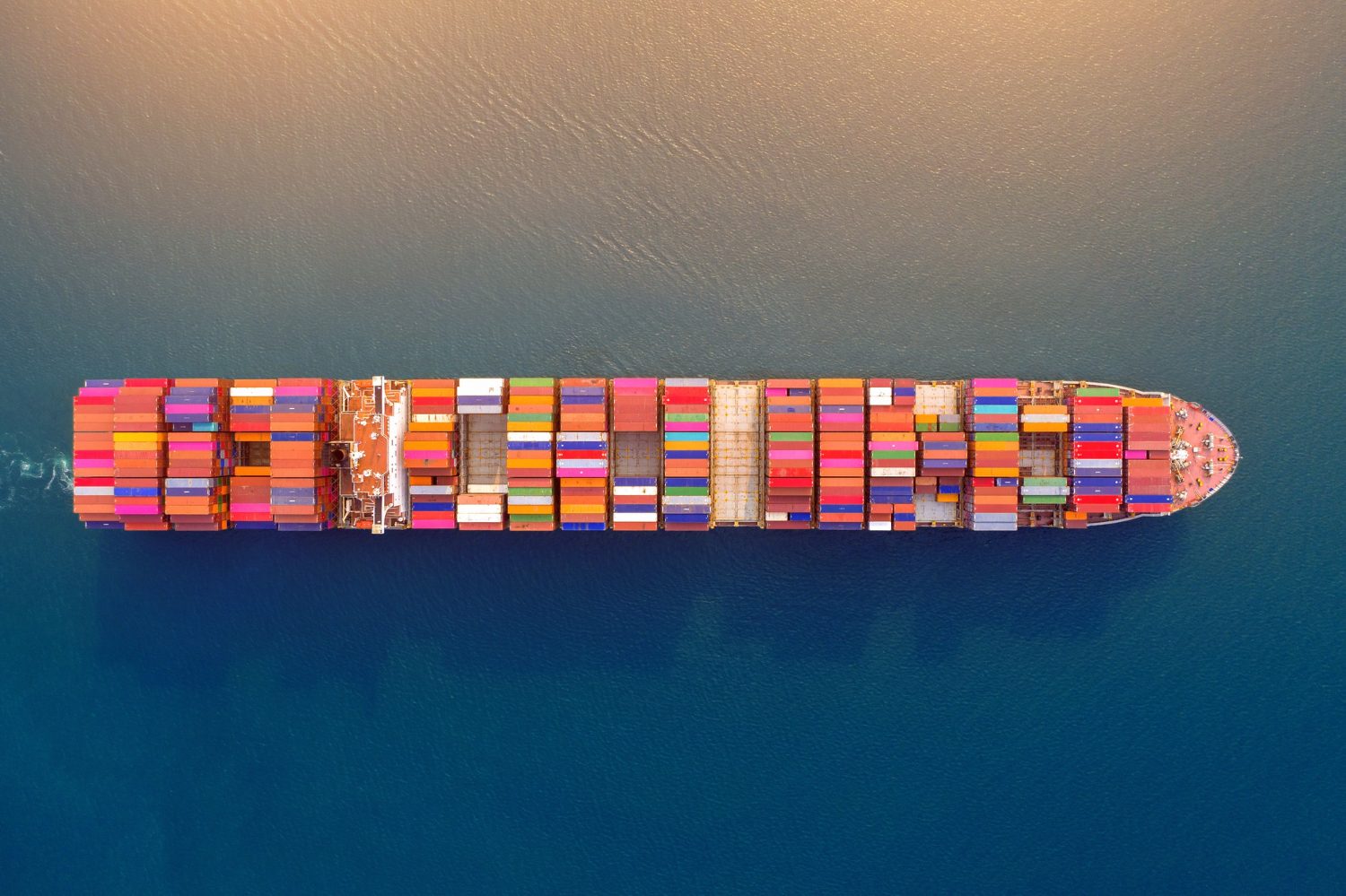Kubernetes, also known as K8s, is an open-source container orchestration platform that has taken the world of software development by storm. It’s designed to automate deploying, scaling, and managing containerised applications, making it easier for developers to focus on their code rather than worrying about infrastructure.
Kubernetes Fundamentals
At its core, Kubernetes is all about containers. Containers are a way to package an application and all its dependencies into a single, lightweight unit that can be easily moved between environments. This makes it easier to deploy and manage applications, as developers can focus on building and testing their code, without worrying about the underlying infrastructure.
Kubernetes works by abstracting the underlying infrastructure, allowing developers to deploy, manage, and scale applications without worrying about the underlying hardware. Instead, they can define the resources they need in a Kubernetes manifest, and Kubernetes takes care of deploying and scaling the application across a cluster of nodes.
Kubernetes has a range of powerful features that make it ideal for modern, cloud-native applications. These include automatic scaling, self-healing, and rolling updates, which allow developers to update their applications with zero downtime. It also supports a range of storage options, including cloud storage and distributed file systems, and has a flexible networking model that can support complex microservice architectures.
Kubernetes & Container Adoption
By using containers, developers can create applications that can run seamlessly on any infrastructure, from a developer’s laptop to a production server.

For example, Netflix has embraced containers and Kubernetes to build and deploy their microservices-based architecture. They use Spinnaker, an open-source continuous delivery platform that works with Kubernetes, to manage their deployments across multiple regions and cloud providers. By using containers, Netflix can easily deploy new features and updates to their platform, while ensuring that they run reliably and consistently.
Spotify use Kubernetes to manage their microservices architecture, which allows them to quickly scale their applications to meet demand. By using Kubernetes, Spotify can easily deploy new services and updates, while ensuring that their platform can support millions of users globally.
But you don’t need to be a massive multi-national company to take advantage of Kubernetes, cloud providers like AWS, Azure, and GCP simplify the management of Kubernetes, allowing smaller teams to leverage the benefits of Kubernetes.
Accelerating Development
Containers also provide a platform for automation, allowing developers to automate many of the tasks involved in building and deploying applications. By using containers, developers can easily package their applications with all the dependencies they need, and then automate the process of building and deploying those containers.
By reducing feedback loops in the software development lifecycle, and improving the reliability of deployments through DevSecOps pipelines testing security, functional, and performance scenarios, organisations can accelerate digital delivery, reduce costs, and improve the quality of their software.
Furthermore, the ubiquitous nature of containers and now Kubernetes means organisations can
- Port their products across cloud providers,
- Easily onboard new capabilities,
- Leverage industry standard tooling fully compatible with Kuberenetes,
- Innovate with new tooling available from the Cloud Native Computing Foundation (CNCF).
Cloud Provider Services
Both AWS Elastic Kubernetes Service (EKS) and Azure Kubernetes Service (AKS) are managed Kubernetes services that allow developers to run Kubernetes clusters in the cloud. They both provide a managed control plane, which takes care of scaling, upgrades, and security, and make it easier to deploy and manage Kubernetes clusters.
The main difference between the two is the cloud provider that they run on. AWS EKS runs on Amazon Web Services, while Azure AKS runs on Microsoft Azure. This means that developers may have different preferences or existing investments in one cloud provider or the other.
Both services have a range of features that make it easier to deploy and manage Kubernetes clusters. AWS EKS, for example, provides automatic scaling of worker nodes and integration with other AWS services, such as Elastic Load Balancers and Identity and Access Management. Azure AKS, on the other hand, provides a range of built-in monitoring and logging features, as well as seamless integration with Azure DevOps and other Microsoft services.
Innovation Using Serverless Containers
Some organisations prefer to offload even more management of the Kubernetes cluster using serverless container services such as AWS Fargate and Azure Containers.
AWS Fargate is a serverless compute engine for containers that runs on AWS. It allows developers to run containers without having to manage the underlying EC2 instances or clusters. Instead, Fargate provides a fully managed environment for running containers, allowing developers to focus on their applications rather than the infrastructure.
Fargate works by providing a layer of abstraction on top of EC2, allowing developers to run containers as if they were running on their own servers. It provides automatic scaling, load balancing, and security, making it an ideal choice for running containers in production environments.
EC2, on the other hand, is a traditional infrastructure as a service (IaaS) offering that allows developers to provision and manage virtual machines in the cloud. It provides more control over the underlying hardware and networking, but requires more configuration and management.
In an AWS EKS environment, Fargate can be used to run containers, while EC2 is used to provide the worker nodes that run the Kubernetes pods. Fargate provides a convenient way to run containers without having to manage the underlying infrastructure, while EC2 provides more control and flexibility.
Although Fargate is a more attractive option in terms of managing overhead, it does impose some minor restrictions on how containers can be run in addition to a slight price increase over EC2 based deployments.
In Summary…
Kubernetes and containers have transformed the way we build and deploy software, making it easier to create and release digital products at scale. By using containers to package applications and Kubernetes to manage them, organizations can accelerate digital delivery, reduce costs, and improve the quality of their software.
Whether you’re a small startup or a large enterprise, Kubernetes and containers provide a powerful platform for building and deploying digital products. By embracing these technologies, you can accelerate your digital delivery capabilities, while ensuring that your applications are scalable, reliable, and easy to manage.



